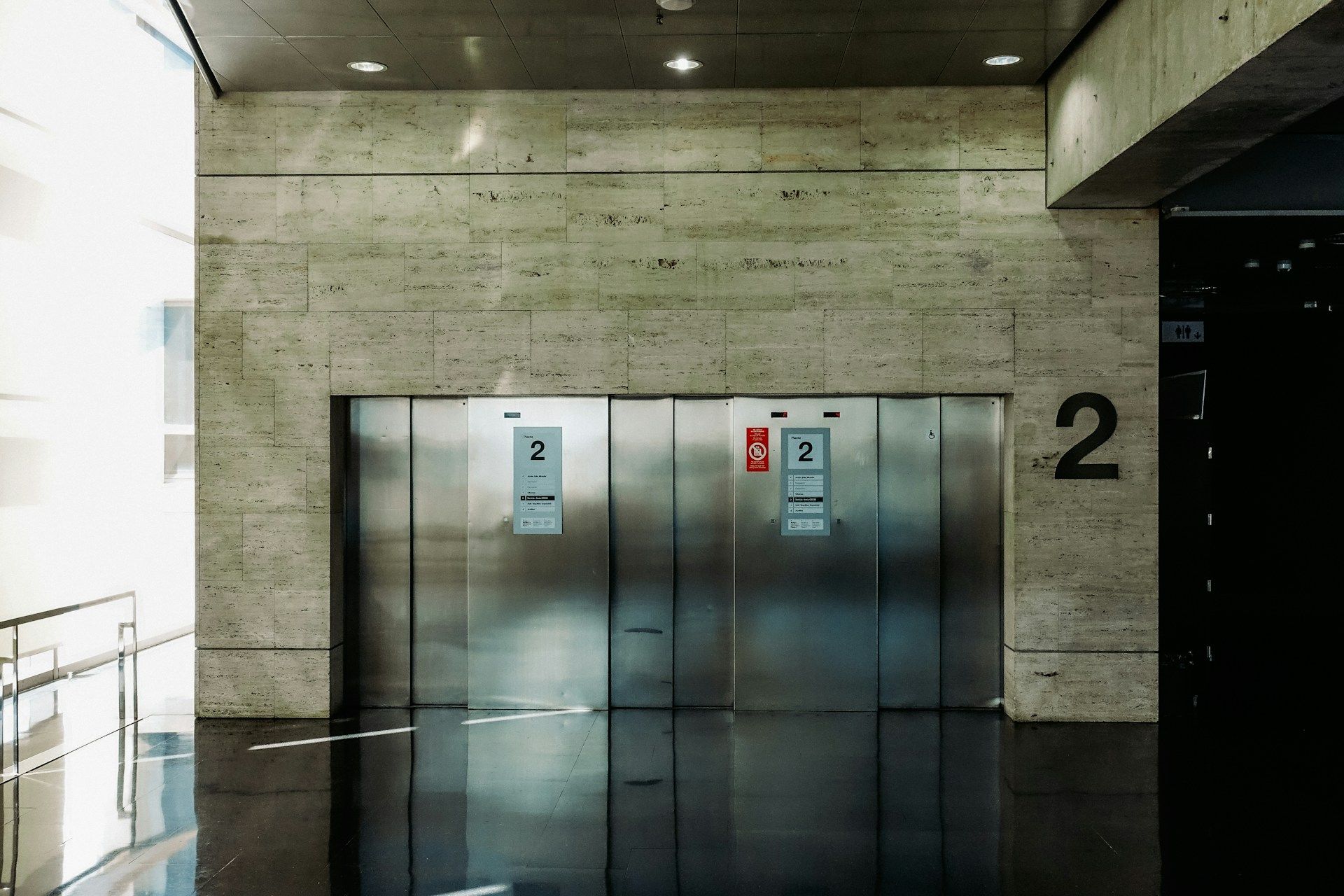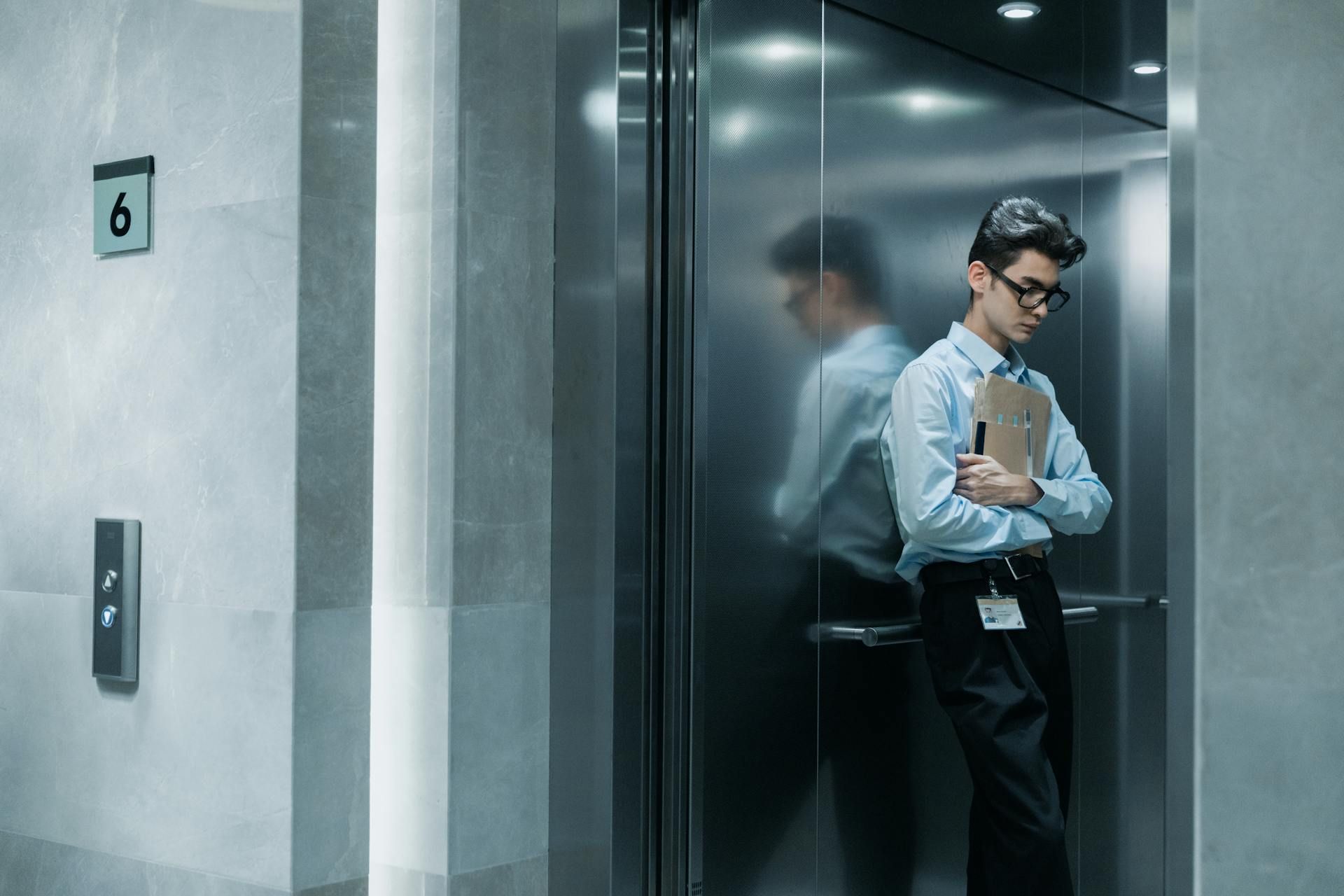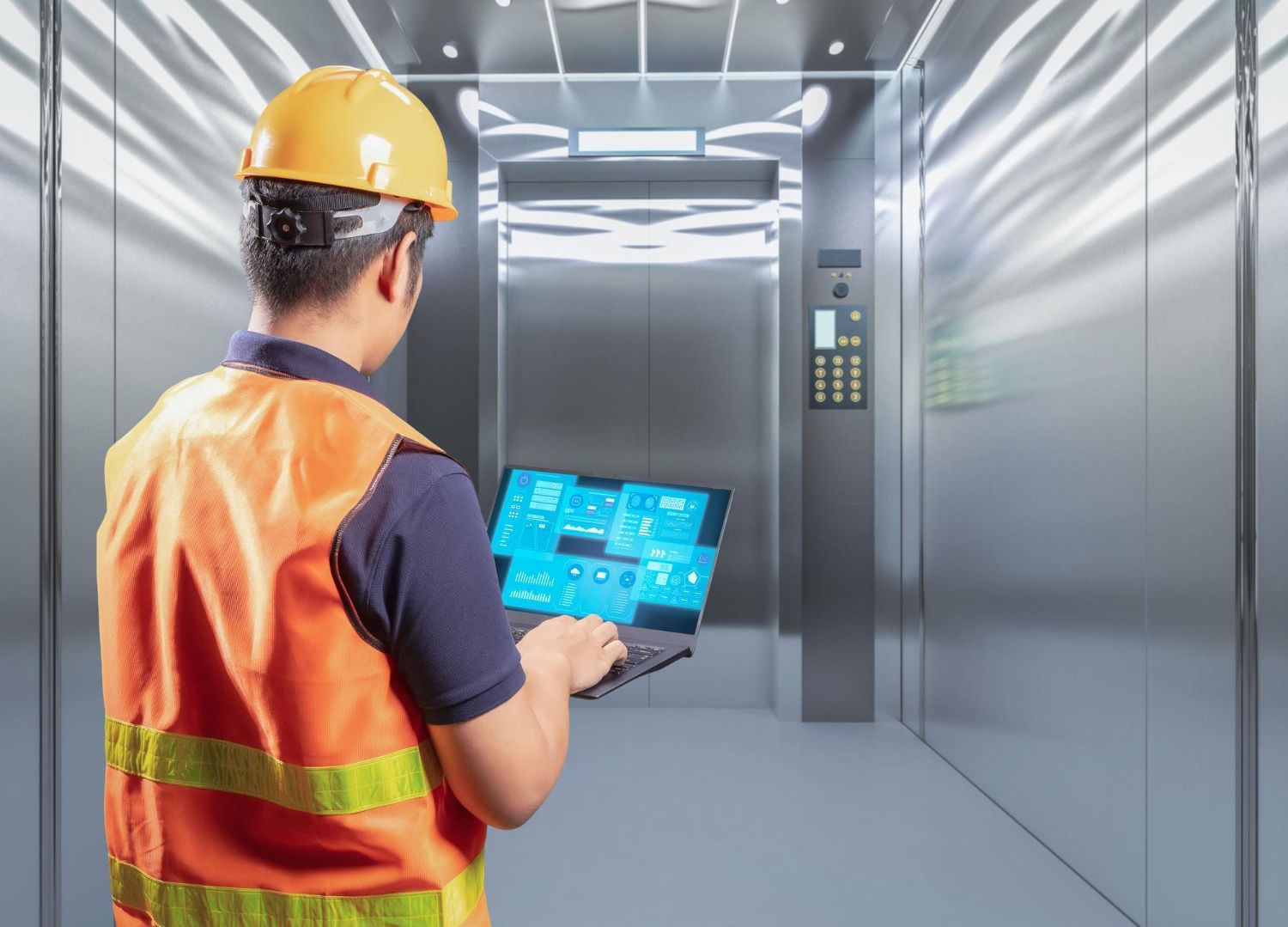How to Address Elevator Button Malfunctions and Panel Issues
Elevators are a vital part of many buildings, providing convenient access to various floors for both residents and visitors. Keeping these systems in good working order ensures smooth and safe operation. Regular maintenance can prevent many common issues, like malfunctions with elevator buttons and control panels. These components might seem minor at first, but they play a critical role in the overall function of the elevator.
Button and panel issues are among the most encountered problems in elevators today. Malfunctioning buttons can lead to unnecessary delays and frustration, while issues with the control panel can disrupt the elevator's schedule. Addressing these issues promptly is necessary for maintaining both user safety and satisfaction.
Identifying Elevator Button Malfunctions
Elevator buttons are heavily used, which can lead to wear and tear over time. Recognizing the signs of malfunctioning buttons can help in addressing issues early. Common indicators include:
- Stuck Buttons:
When a button doesn’t pop back after being pressed, it could signal a mechanical problem.
- Unresponsive Buttons: This happens when you press a button, but nothing happens. It could be due to electrical issues or internal component failures.
- Flickering Button Lights: Inconsistent lighting might suggest electrical mishaps or loose connections.
A simple example is when you’re in a hurry, and the elevator doors won't close because the buttons are unresponsive. It’s not just annoying; it can disrupt the flow of activities within the building. Correcting these issues promptly helps ensure the elevator operates efficiently and without unexpected interruptions.
Understanding Panel Issues
The control panel is another crucial component of any elevator, acting as the system's command center. When problems arise here, they can affect the whole elevator operation. Common panel issues include:
- Faulty Displays:
When the panel fails to show the correct floor numbers or status updates, it can confuse passengers.
- Non-Responsive Commands: If commands entered in the panel don’t reflect in the elevator's operations, it may indicate technical problems.
- Error Messages: Frequent error messages can signal deeper electronic or software issues with the control system.
These panel faults not only jeopardize the system's effectiveness but can also pose safety risks if left unchecked. An elevator with a faulty panel may experience unscheduled stops or even shut down unexpectedly, which can be both inconvenient and dangerous.
By understanding these potential problems, building managers and maintenance teams can better anticipate and address issues, ensuring reliable elevator service. Regular inspections help catch these problems early, minimizing downtime and potential safety hazards.
Professional Solutions for Malfunctions
When elevator buttons and panels start acting up, calling in a professional is the way to go. Attempting to fix these on your own can result in increased risks and more damage. Professionals have the expertise to diagnose and repair issues accurately without causing further harm. They ensure all components work together seamlessly and can tackle even the most stubborn of problems.
Here are a few services professionals typically offer to resolve these issues:
- Diagnostics:
Technicians use advanced tools to pinpoint the exact problem, ensuring a precise approach to repair.
- Repairs and Replacements: From fixing electrical issues to replacing faulty parts, professionals cover the entire spectrum.
- Regular Maintenance: Scheduled check-ups help catch problems early and extend the lifespan of your elevator components.
An example of professional efficiency is the quick turnaround time they offer. A building’s elevator system might have been experiencing random halts due to a defective panel. A team of experts can swiftly identify the fault, replace the malfunctioning part, and get the elevator running like new, all within a minimal downtime.
Tips to Prevent Future Issues
Routine maintenance plays a big part in keeping elevator buttons and panels in top condition. Preventative care is always better than reactive measures, so planning regular maintenance helps catch minor issues before they turn major. Consider these tips to prevent future problems:
1. Regular Check-Ups: Schedule regular inspections to ensure all components are functioning correctly. This helps in spotting any wear and tear early.
2. Timely Repairs: As soon as any issue arises, getting it repaired immediately can prevent it from becoming a bigger problem.
3. Upgrades: Consider upgrading parts that frequently cause trouble. Sometimes, newer technology can provide better reliability and efficiency.
4. User Education: Educate users on proper elevator use and inform them about how careless behavior can lead to malfunctions.
Routine inspections not only keep the system reliable but also contribute to a safer environment for everyone. By maintaining a maintenance plan, elevators can avoid unexpected issues, ensuring smooth and efficient operation year-round.
Ensure Smooth Elevator Operations
Keeping elevator buttons and panels in good working order is necessary for safe and efficient building operations. Regular maintenance and quick attention to any malfunctions ensure elevators remain reliable for all users. Addressing issues early prevents delays, enhances safety, and maintains customer satisfaction.
Emphasizing the careful handling of all elevator components could minimize future malfunctions. With proper care and timely professional assistance, button and panel issues can be managed effectively and prevented from impacting the overall safety and operation of your building’s elevator system in Kentucky or Indiana.
For reliable solutions to all your elevator issues, trust the experts at Elevator Solutions Inc. Our team is ready to handle everything from minor repairs to comprehensive maintenance strategies. If you're in Kentucky or Indiana and facing challenges with your elevator system, let us help you ensure optimal operation with professional
elevator repair services. Reach out today for peace of mind and seamless building operations.



